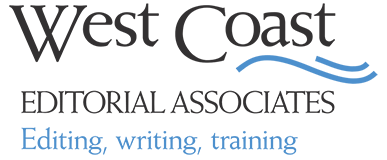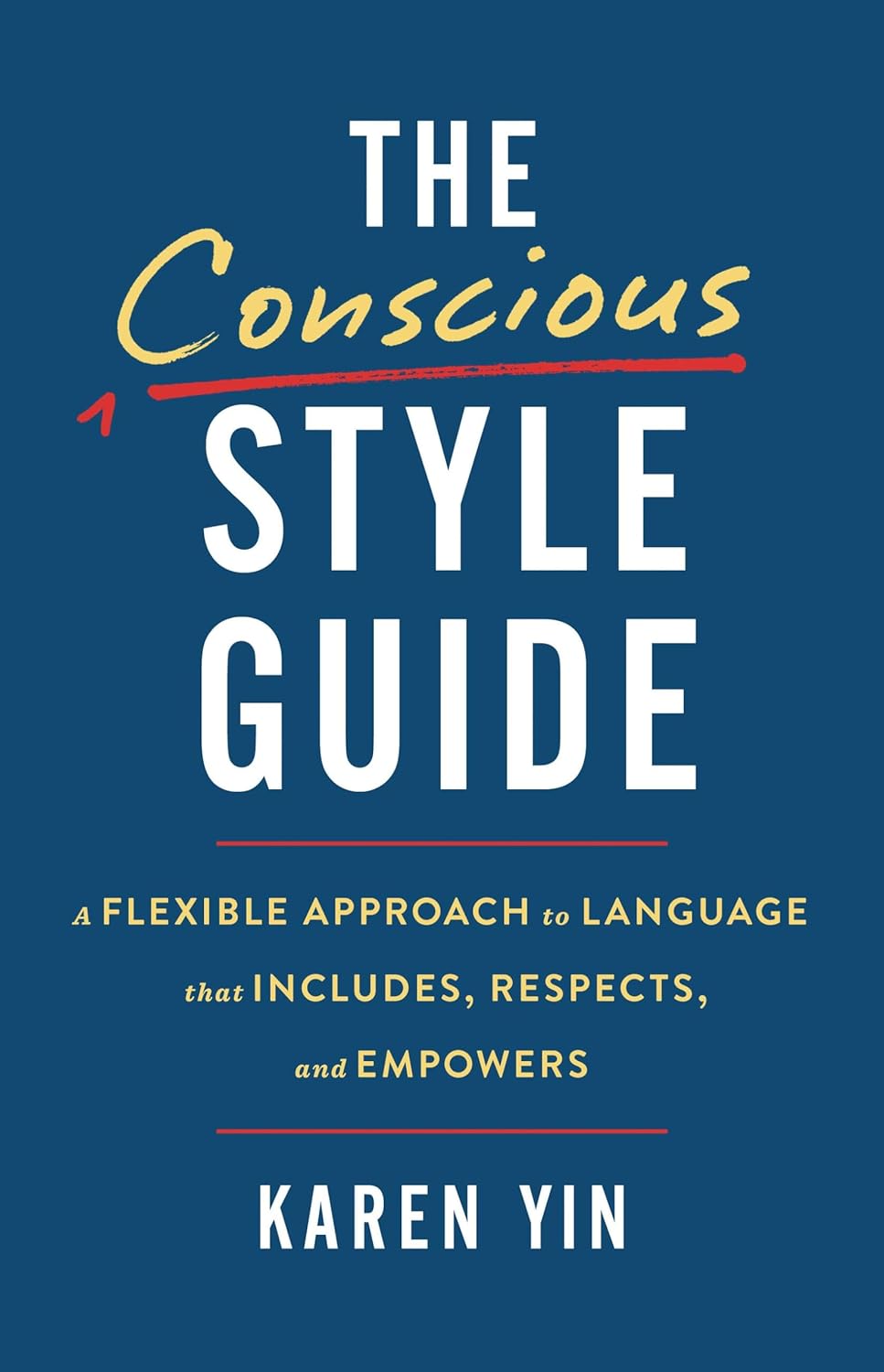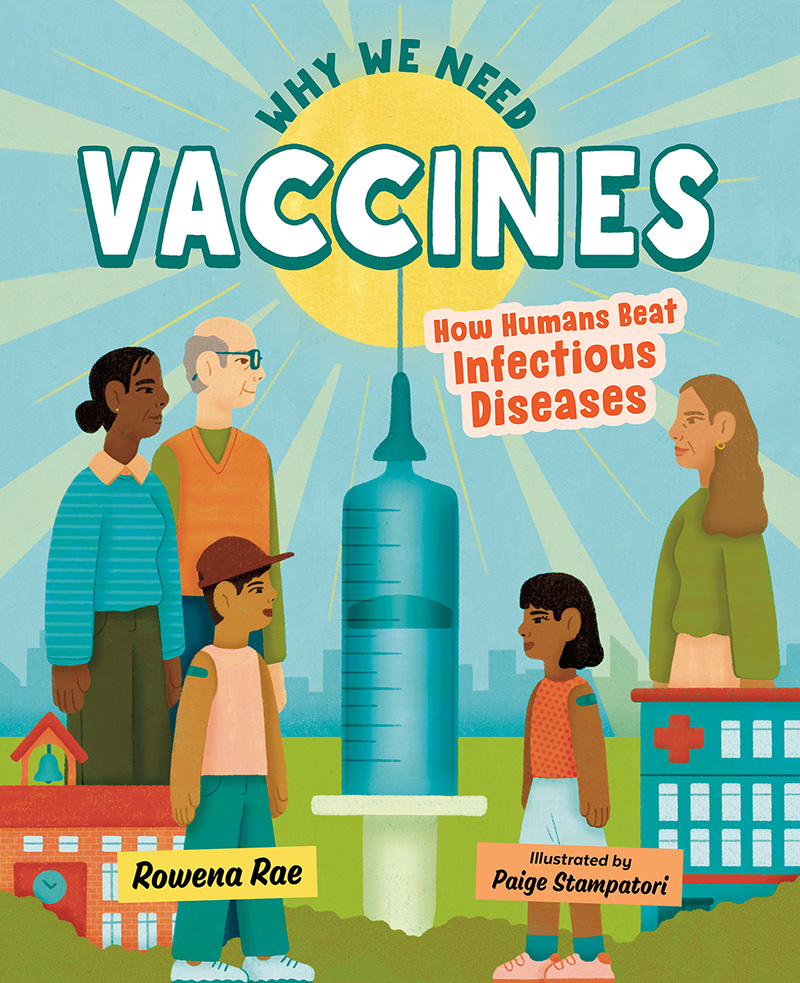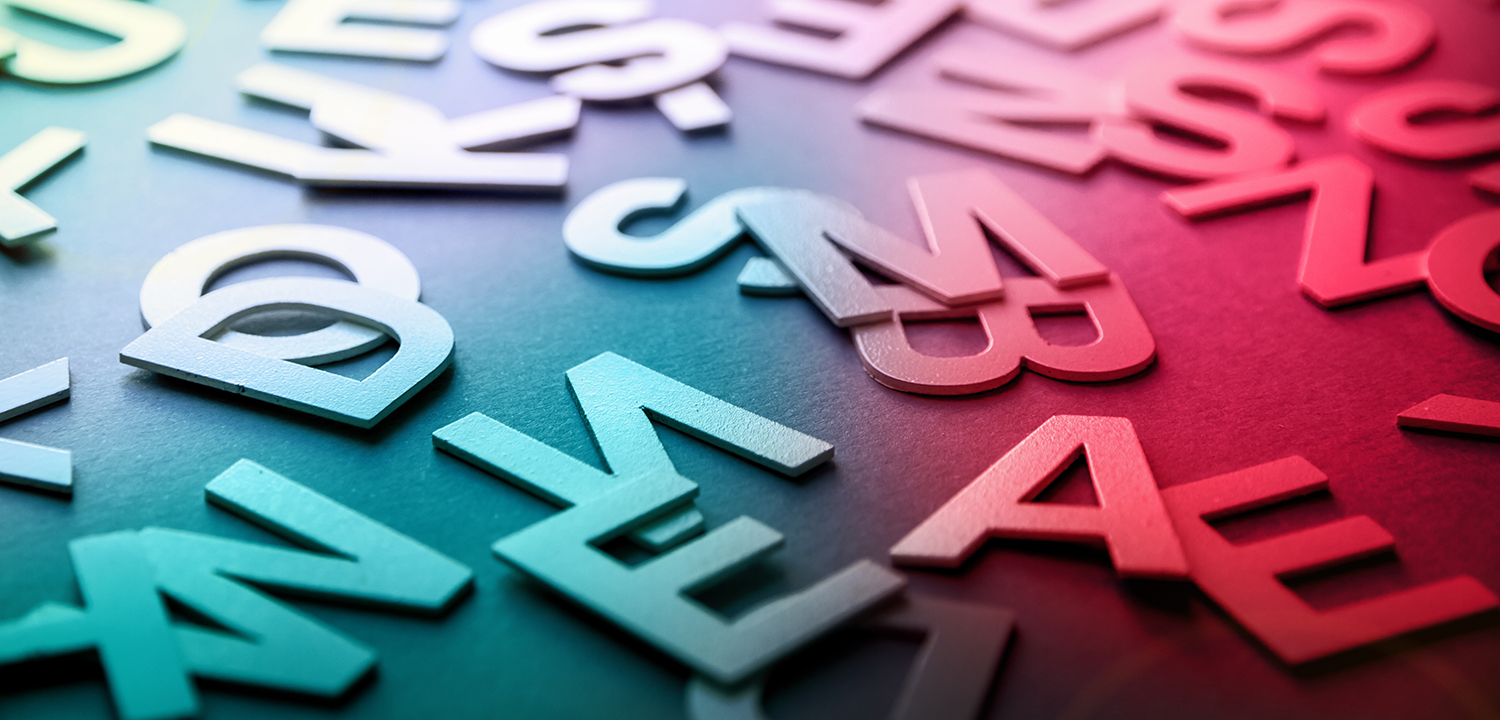Elements of Indigenous Style: Continuing the conversation
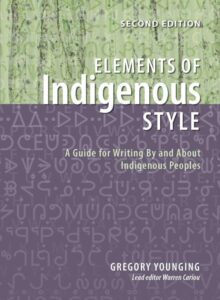 In November 2017, I had the privilege of meeting and learning from the late Gregory Younging at a workshop co-hosted by Editors BC and Books BC (the Association of Book Publishers of British Columbia). Through the workshop, Younging offered a preview of his then upcoming book, Elements of Indigenous Style: A Guide for Writing By and About Indigenous Peoples. He shared principles for working with Indigenous authors and content, from practical considerations like terminology and capitalization to deeper topics such as why writers and editors should follow Indigenous style and what to do when Indigenous style conflicts with conventional style guides. For more information, see Iva Cheung’s excellent recap of Younging’s workshop, with an overview of his principles.
In November 2017, I had the privilege of meeting and learning from the late Gregory Younging at a workshop co-hosted by Editors BC and Books BC (the Association of Book Publishers of British Columbia). Through the workshop, Younging offered a preview of his then upcoming book, Elements of Indigenous Style: A Guide for Writing By and About Indigenous Peoples. He shared principles for working with Indigenous authors and content, from practical considerations like terminology and capitalization to deeper topics such as why writers and editors should follow Indigenous style and what to do when Indigenous style conflicts with conventional style guides. For more information, see Iva Cheung’s excellent recap of Younging’s workshop, with an overview of his principles.
Soon after Younging’s workshop, in February 2018, the first edition of Elements of Indigenous Style was published by Brush Education, quickly becoming an important resource for the publishing industry and beyond. Sadly, Younging died in May 2019, but the conversation and work he began are now being continued with the release of the second edition of Elements of Indigenous Style in January 2025.
The important work of Gregory Younging
Younging was a member of the Opaskwayak Cree Nation of Manitoba, with both Cree and Chinese heritage. His last name is a joining of his mother’s name, Young, and his father’s name, Ing. In addition to authoring Elements of Indigenous Style, Younging was managing editor of Theytus Books, Canada’s first Indigenous-owned publishing house, from 1990 to 2004. In 2007, he joined UBC Okanagan’s Department of Community, Culture and Global Studies, playing a key role in the development of the Indigenous Studies program. From 2010 to 2012, he was assistant director of research for the Truth and Reconciliation Commission of Canada, leading the editing of research projects and contributing to three national reports. Additional roles included chair of the Indigenous Peoples Caucus of the Creator’ Rights Alliance, delegate to the United Nations, and delegate to the Assembly of First Nations.
In June 2019, Younging was posthumously recognized with the Association of Canadian Publishers’ President’s Award for his significant contributions to Canadian publishing.
Carrying on Younging’s legacy—Warren Cariou and the editing “dream team”
Knowing that Younging had intended for there to be subsequent editions of Elements of Indigenous Style, Brush Education approached Warren Cariou, who had been involved with the first edition, to ask if he would be interested in working on a second edition. Invited to select his editing “dream team,” Cariou immediately thought of Deanna Reder, Lorena Sekwan Fontaine, and Jordan Abel, all of whom were available and interested. Their goal was to honour Younging’s legacy and help continue it. Cariou says, “It was a daunting task in some ways when we realized that we really couldn’t, you know, be Greg Younging.”
Cariou is a writer, scholar, and artist of Red River Métis and European heritage. He is based at the University of Manitoba and is general editor of University of Manitoba Press’s First Voices, First Text series. He has also edited numerous books and anthologies of Indigenous literature and has published works on Indigenous cultures and environmental issues.
Reder is from La Ronge, Saskatchewan, and is of Cree and Métis heritage. She is a professor in the Department of Indigenous Studies and the Department of English at Simon Fraser University. Her monograph Autobiography as Indigenous Intellectual Tradition received the 2022 Gabrielle Roy Prize from the Association for Canadian and Québec Literatures.
Fontaine is a member of the Sagkeeng First Nation and is of Cree and Anishinaabe heritage. She is an advocate for Indigenous language rights and is head of the University of Manitoba’s Department of Indigenous Studies. Her research was featured in the CBC documentary Undoing Linguicide: The legal right to the survival of Indigenous languages. She has published extensively and is a respected voice on residential school legacies.
Abel is a Nisga’a writer and an associate professor in the University of Alberta’s Faculty of Arts. He is the author of several award-winning books, including Empty Spaces, which received a Governor General’s Literary Award in 2024. Abel is also co-creator of Yarrow Magazine, a literary publication focused on Indigenous stories that also works to further mentorship of Indigenous editors.
Continuing the conversation—beginning work on the second edition
When beginning work on the second edition of Elements of Indigenous Style, editors Cariou, Reder, Fontaine, and Abel first sought to thoroughly review the first edition to determine whether any material no longer applied and should be removed. According to Cariou, “We did not find anything that looked redundant or that we thought would not be needed in the current generation, because it’s all so crucial.” They then looked for any updates that were needed.
In large part, Younging’s principles from the first edition remain the same, with slight edits and additions. The format has been changed, however, “to try to make it easier for people to consult.” In addition to being presented within the text of each chapter, the principles appear on their own as a stand-alone section at the beginning of the book.
The topics and names of the first seven chapters are unchanged from the first edition, with content updates to reflect the current publishing landscape. They make up Part 1 of the second edition, titled “The First Conversation.”
The case studies from the first edition are also included in the second, along with some additions. They have been collectively retitled “example stories,” a term the editors thought was a better fit, and compiled in Appendix A.
Appendix B, previously the draft principles of the Indigenous Editors Circle, now features the guiding principles of the Indigenous Editors Association, newly formed since the first edition was published.
Appendix C, compilations of names of Indigenous Peoples, remains from the first edition, with updated resources.
Appendix D is a reprint of Greg Younging’s essay “Gnaritas Nullius (No One’s Knowledge): The Essence of Traditional Knowledge and Its Colonization through Western Legal Regimes,” also featured in the first edition. Cariou said the editing team “absolutely wanted to keep Greg Younging’s Gnaritas Nullius essay at the end of the book, which [was] in a lot of ways the theoretical underpinning of the entire project,” describing it as “an incredible exploration of Indigenous ownership of story.”
A new generation of readers—updates and new content
When deciding what should be added in the second edition, the editing team looked at “things that would be useful, perhaps, to … a new generation or a new … set of readers.” The result was five new chapters, grouped into Part 2, “The Second Conversation.”
Chapter 8, “Editorial Relationships,” discusses relational editing practices, which the editing team thought a lot about while working on the second edition. Sections include power imbalances, respect and relational responsibilities, the peer review relationship in academic publishing (which Cariou describes as “probably the least relational way of evaluating manuscripts that you could possibly have”), and sensitivity reading. A featured contribution is “Editing Inuit Writing and Working with Inuit Storytellers,” by Rachel Taylor, an Iñupiaq (Alaskan Native)/settler copy editor and proofreader.
Chapter 9, “Understanding Identity and Community Affiliation,” looks at questions and best practices surrounding authorial identity in relation to Indigenous stories, including issues of “cultural fraud” and avoiding perpetuating harm to Indigenous authors. Also discussed are endonyms (names that come from within a community) and exonyms (names that come from outside the community).
Chapter 10, “Two-Spirit, Trans, and Indigiqueer Contexts,” covers the origins of the terms “Two Spirit” and “Indigiqueer,” including the unique ways gender is represented in Indigenous languages and the inadequacy of definitions in discussing 2SQT identities. Joshua Whitehead, an Oji-Cree Two-Spirit storyteller and academic from Peguis First Nation, contributed the section “Two-Spirit, Queer, and/or Trans (2SQT) Literary Histories and Futuristic Ethics.”
Chapter 11, “Practices to Support Indigenous Linguistic and Cultural Sovereignty in Publishing,” talks about Indigenous language revitalization and the role of publishers, improving opportunities for Indigenous languages to be published and taught in universities and elsewhere, and the responsibilities of publishers in representing Indigenous languages. The digitization of Indigenous language materials is also reviewed, including transcribing oral narratives in a respectful way, with topics ranging from practical advice about fonts and orthographies to the difference in form between written and spoken Indigenous language. Indigenous citation practices are also covered—for example, oral storytelling protocols for citing where a story came from, who told you the story, and what the context was. Cree scholar Lorisia MacLeod has contributed a section with templates for citing Indigenous knowledge in a respectful, thoughtful way.
Chapter 12, “Emerging Issues in the Digital Environment,” explores opportunities to publish in different formats, using digital modalities to bring Indigenous stories to the public, along with some of the pitfalls and the damage that can occur within certain forms of digital publication, notably social media. There is also a brief, speculative section on artificial intelligence (AI), including the dangers of AI to Indigenous cultural sovereignty, as well as potential opportunities for Indigenous artists to use AI in support of Indigenous cultural sovereignty.
Sneak peek and launch events
In anticipation of the release, the Indigenous Editors Association hosted Cariou in October 2024 for a sneak peek of the second edition. The conversation was led by Rhonda Kronyk, a supporter of Indigenous stories and storytellers and a settler writing and editing consultant. A recording of the session is available on YouTube.
The long-awaited second edition was released last month; an overview of the book is available from Brush Education, along with reviews and links to retailers. Brush Education has offered a 40% discount to Indigenous members of the Indigenous Editors Association.
A launch event with editors Cariou and Fontaine will be held on Wednesday, February 12, at 7 p.m. CST (5 p.m. PST), at McNally Robinson Booksellers in Winnipeg, with livestreaming of the event on YouTube.
